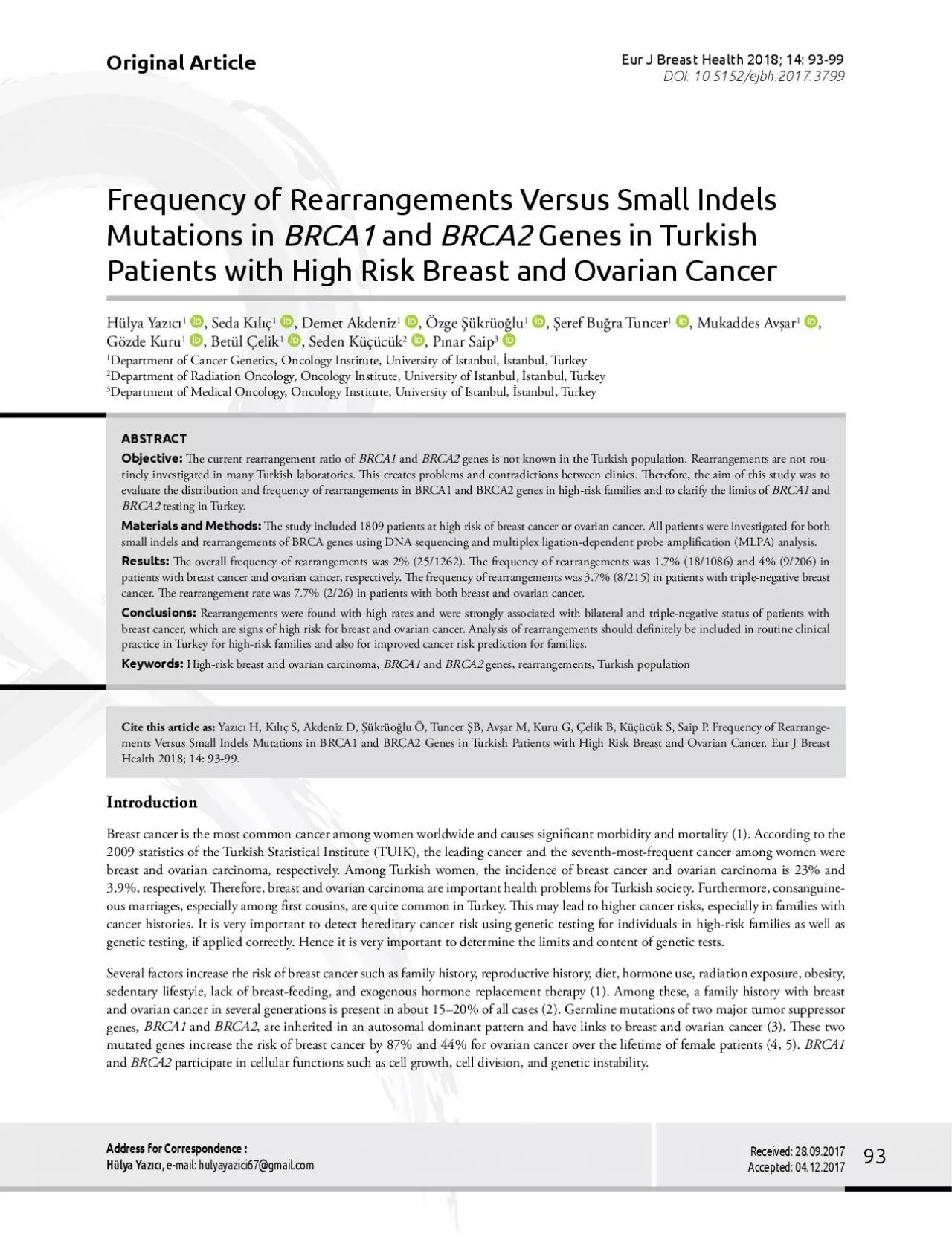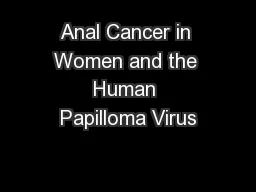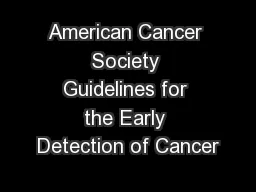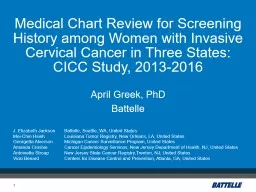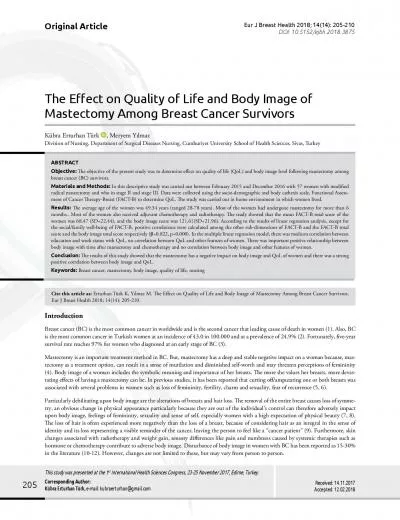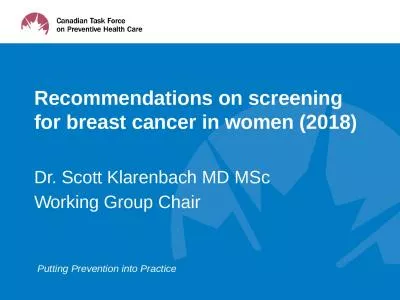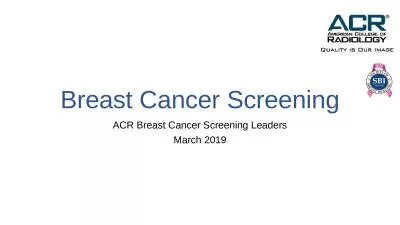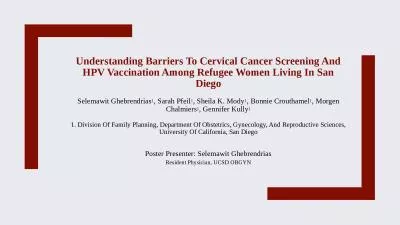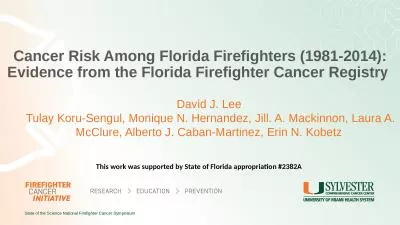PDF-IntroductionBreast cancer is the most common cancer among women worldw
Author : tracy | Published Date : 2022-08-19
Seda K23l23ç Demet Akdeniz Özge 17ükrüo26lu 17eref Bu26ra Tuncer Mukaddes Av20ar Gözde Kuru Betül Çelik Seden Küçücük P23nar Saip Department of
Presentation Embed Code
Download Presentation
Download Presentation The PPT/PDF document "IntroductionBreast cancer is the most co..." is the property of its rightful owner. Permission is granted to download and print the materials on this website for personal, non-commercial use only, and to display it on your personal computer provided you do not modify the materials and that you retain all copyright notices contained in the materials. By downloading content from our website, you accept the terms of this agreement.
IntroductionBreast cancer is the most common cancer among women worldw: Transcript
Download Rules Of Document
"IntroductionBreast cancer is the most common cancer among women worldw"The content belongs to its owner. You may download and print it for personal use, without modification, and keep all copyright notices. By downloading, you agree to these terms.
Related Documents

